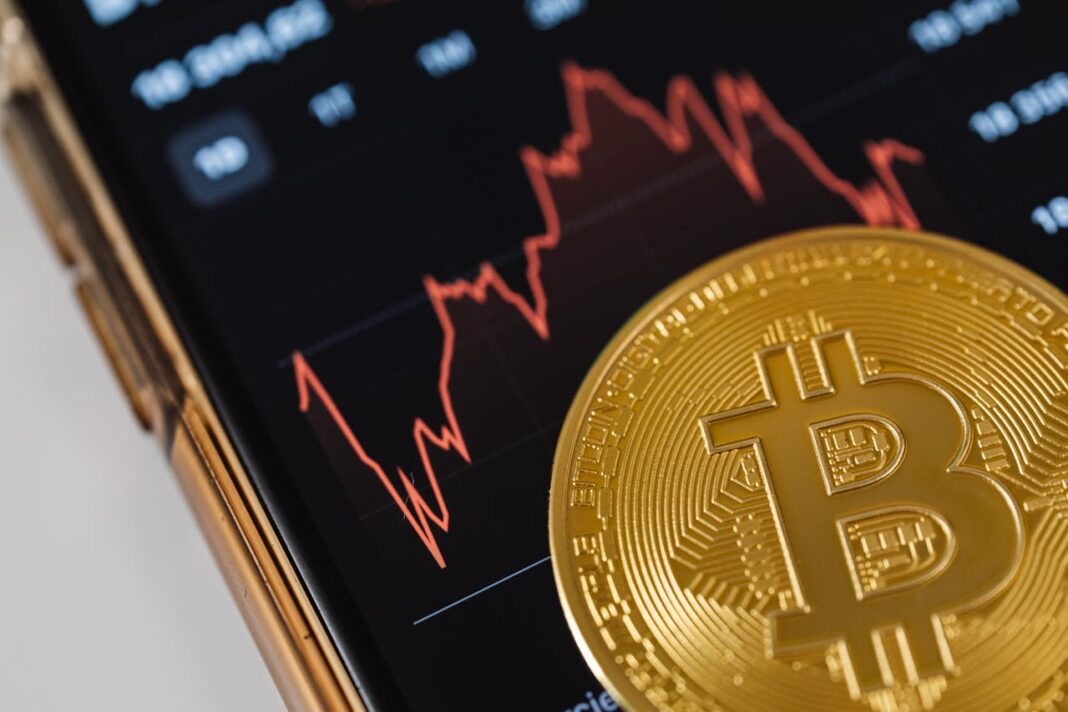Real World Asset (RWA) tokens are emerging as a groundbreaking innovation in the evolving financial technology landscape. They encapsulate a novel form of tokenization, where tangible, real-world assets are converted into digital tokens on a blockchain. This transformative process offers a unique solution to a long-standing financial challenge – the illiquidity of certain asset classes.
This article delves into the concept of RWA tokens, their impact on asset liquidity, and their potential to reshape the financial ecosystem. As we navigate the complexities of illiquid assets, the power of tokenization, and the role of RWA tokens in enhancing liquidity, we will uncover how this innovation could democratize access to investment opportunities and catalyze economic growth.
Understanding Illiquid Assets
Illiquid assets are investments that can only be quickly sold or exchanged for cash with a substantial loss in value. These assets include real estate, private equity, and certain types of debt. The illiquidity of these assets can pose significant challenges for investors, limiting their ability to access their investment’s value quickly.
The Power of Tokenization
Tokenization is the process of converting rights to an asset into a digital token on a blockchain. With RWA tokens, the underlying assets are real-world assets. Each RWA token represents a fraction of the underlying asset’s value, enabling these assets to be bought, sold, or traded more easily.
RWA tokens transform illiquid assets into liquid investments by breaking down the barriers that typically limit the transferability of these assets. By representing these assets as tokens on a blockchain, they can be traded on a global scale at any time to anyone. This level of accessibility and flexibility can significantly increase the liquidity of these assets.
The Impact on the Financial Landscape
The advent of RWA tokens has the potential to reshape the financial landscape dramatically. By providing a means to unlock the value of illiquid assets, they can democratize access to investment opportunities previously out of reach for many investors. Furthermore, they can provide asset owners a new way to leverage their holdings, potentially leading to increased economic activity and growth.
MANTRA Chain: A Case Study in Innovation
MANTRA Chain is at the forefront of RWA tokenization, aiming to unlock the $16 trillion RWA economy with a regulatory-ready blockchain. It is a pioneering blockchain designed to integrate traditional financial assets with the digital blockchain space seamlessly. It is a modular Layer 1 blockchain that utilizes the Cosmos SDK for its architecture, ensuring a secure, scalable, and interoperable infrastructure.
This allows developers to create decentralized applications (dApps) and protocols that can operate across different blockchain networks. A notable example of successful RWA tokenization on Mantra Chain is the project’s recent fundraising initiative. Mantra Chain raised $11 million to build a network tailored to real-world assets, mainly focusing on the Middle East.
This significant capital infusion aims to create a hub for RWA in the Cosmos ecosystem, particularly emphasizing regulatory compliance and the tokenization of assets like real estate. The project is in the final stages of securing regulatory approval from Dubai’s crypto regulator, VARA, which is crucial for its plans to issue and trade RWAs.
The introduction of Mantra Chain into the RWA tokens ecosystem is poised to significantly enhance the liquidity of traditionally illiquid assets in several ways:
- Fractional Ownership: Mantra Chain divides real-world assets into smaller, more affordable tokenized units. This fractional ownership makes it easier for a wider range of investors to buy into assets like real estate or art, which would otherwise be out of reach due to high entry costs.
- Global Marketplace: By tokenizing assets on a blockchain, Mantra Chain creates a global marketplace accessible to anyone with an internet connection. This increased accessibility can lead to a higher volume of transactions and, consequently, greater liquidity.
- Streamlined Transactions: Blockchain technology allows for faster and more efficient transactions. Mantra Chain’s infrastructure can reduce the time and complexity of transferring asset ownership, further enhancing liquidity.
- Regulatory Compliance: Mantra Chain’s focus on regulatory compliance ensures that tokenized assets can be legally traded across jurisdictions. This legal clarity attracts more participants to the market, increasing liquidity.
- Interoperability: The platform’s interoperability with other blockchains means that RWA tokens can be easily traded across different networks, expanding the potential buyer pool and improving asset liquidity.
Conclusion
RWA tokens represent a significant advancement in the world of finance, offering a solution to the age-old problem of asset illiquidity. By harnessing the power of blockchain technology, they can transform illiquid assets into liquid investments, opening up new opportunities for investors and asset owners alike. As this technology continues to evolve, it will be fascinating to see the long-term impact of RWA tokens on the global financial landscape.


